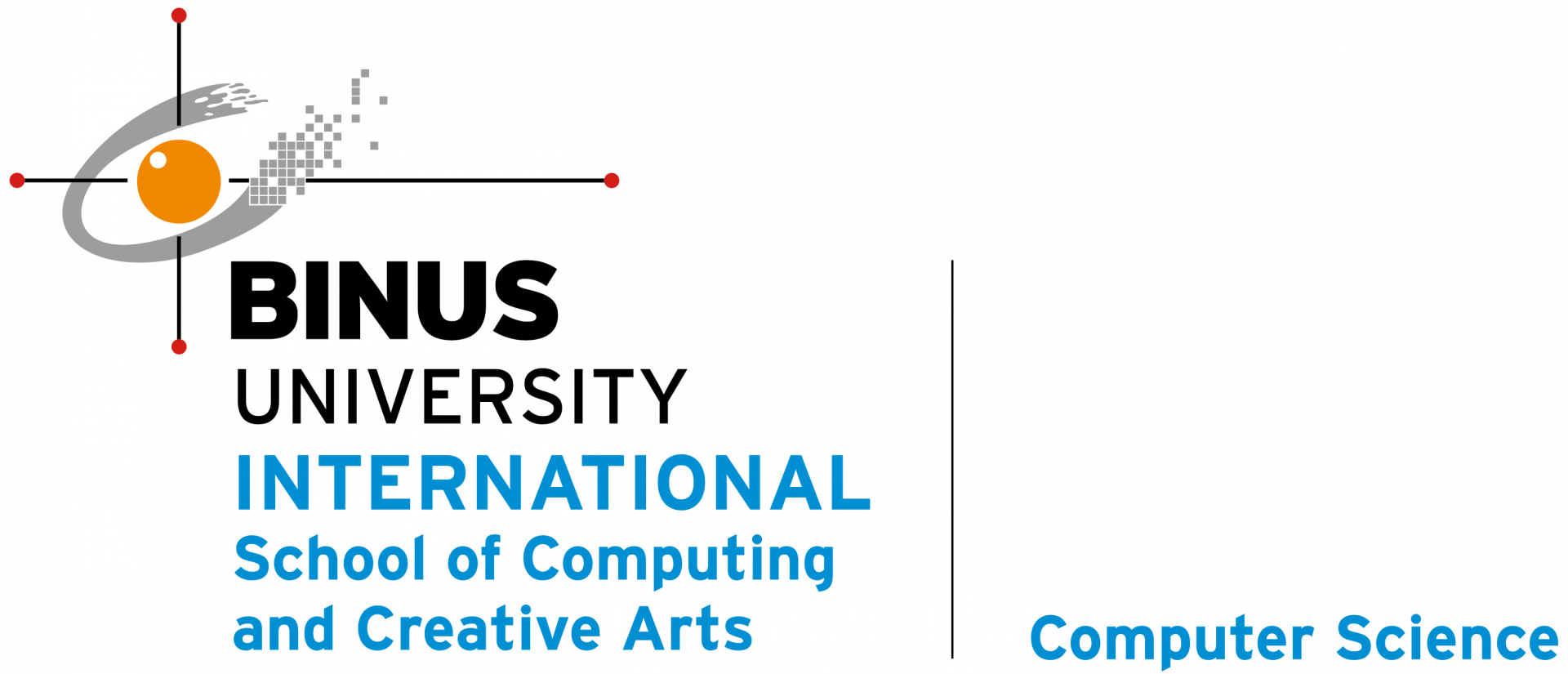Benefits of Optimizing IoT Data Analytics
IoT is only one source of big data, but for many organizations, it’s the most important. IoT gives you access to real-time data for more accurate monitoring, smarter decision-making, and a better understanding of your process as a whole.
Specific benefits of optimizing IoT data range across industries. Manufacturing facilities might use findings to implement real-time machine monitoring and predictive analytics for better maintenance scheduling, while retailers use data findings to better understand the customer’s behavior and in-store journey.
IoT data is also a transformative factor for individuals, businesses, and cities implementing energy-conservation efforts and autonomous technology.
By optimizing the structured and unstructured data received from IoT sensors, organizations can:
- Note trends and patterns: IoT delivers more specific, accurate, and timely data to track behaviors and patterns for customers, clients, employees, or machines. Knowing trends is the only way to leverage them in decision-making, such as meeting revenue goals, decreasing waste, or implementing diagnostic and predictive maintenance.
- Have clearer oversight into operations: Understanding IoT data opens access to a top-down, birds-eye view of an organization’s complete operations and how each phase interacts. Leaders can track how, where, and why data is used across processes to identify areas for improvement.
- Simplifies collaboration: Data analytics platforms let organizations collaborate more seamlessly by exchanging IoT data across various integration platforms, stacks, and deployment options. More sophisticated analytics means more connectivity among departments, vendors, employees, management, and workflows.
Challenges With Data Analytics and the IoT
Organizations familiar with IoT capabilities are likely equally familiar with the sheer amount of data these devices intake and store. This data is only valuable when it can be harnessed for real-time insights, but this can be a very slow or daunting process for unprepared organizations.
Challenges of big data analytics for IoT include:
- Complex data sets: IoT data is more complex than standard data sets because they come from a variety of sources and devices, meaning the data itself is either structured, unstructured, or a hybrid combination. This makes it nearly impossible to visualize and understand without integrated tools or expertise.
- Technology integration: IoT devices must communicate with existing technologies if employees have any chance of harnessing and analyzing the information. Filtering all IoT data into a single location is difficult if some devices or systems are incompatible.
- Training and expertise: Accessing, pulling, storing, and analyzing IoT data takes a trained eye that knows how to use software and various data analytics tools. This can make IoT analytics inaccessible for a large portion of employees, limiting its capabilities.
- Security and privacy: Organizations report security and data privacy concerns as the second leading challenge for IoT integration. Breaches and noncompliance have costly, devastating consequences for organizations. Because IoT data relies on many integrations and connections, it requires robust security from the start of the process in edge computing all the way to the server room at the data center where information is stored.
Approaching IoT Big Data Optimization
Specific needs vary across industries, organizations, and IoT devices, but data analysts can typically start with these key elements:
1. Start With a Strong Infrastructure
Consider all components of existing infrastructure, including technology, integrations, data stored on the cloud and physical servers, and current analytics software or tracking methods.
Now, identify where the gaps exist in the infrastructure, such as loose security, data vulnerability, outdated or impossible integrations, and a lack of centralization.
This is also a good time to leverage automation wherever possible to speed up the rest of the data collection and analytics process while reducing the chance of errors, oversights, or incomplete data sets.
2. Collect and Analyze Data
Analysts should start with a clear understanding of the data sets they’re working with before diving into the collection phase so they can customize their approach based on where that data is located, what format the data exists in, the type of analysis required for that data set, and other criteria.
From there, analysts can begin locating and validating data sets with the help of a software or professional consultants. Confirm that data is accurate, consistent, and in a legible or compatible format to analyze later.
As analysts move into understanding and classifying these data sets, they can implement machine learning algorithms and artificial intelligence (AI) for a more hands-off process until it’s time to assign and understand the different data set clusters.
3. Optimize Data Findings
As IoT data moves from discovery to clustering, organizations can start visualizing the organization’s processes and the whole picture that connects them. They can then start analyzing those findings to create a plan of action that puts those findings to work.
Some ways to use IoT big data analytics include:
- Reuse: Reuse IoT data across multiple parts of the organization – such as different departments, marketing initiatives, projects, or goal-completion strategies – to save time and optimize findings.
- Deploy: Deploy findings, like trends and patterns, by curating data-fueled insights that individual departments or operators can use to make better decisions about their team, efforts, or equipment.
- Adjust: The appeal of IoT data comes from its real-time availability. Have a plan ready to adjust data collection, analytics, and deployment as new findings emerge.
Optimizing IoT Data Can Transform Operations
IoT data is a powerful source of insight for organizations when they have the infrastructure, strategies, and tools to visualize it. Optimizing the trends and clusters across these various data sets lets organization leaders make data-backed decisions for each phase of their operations.
Successful optimization also relies on having robust data security to prevent breaches and remain in compliance with all regulations while taking steps to better integrate existing technologies for a more seamless data collection process later.

